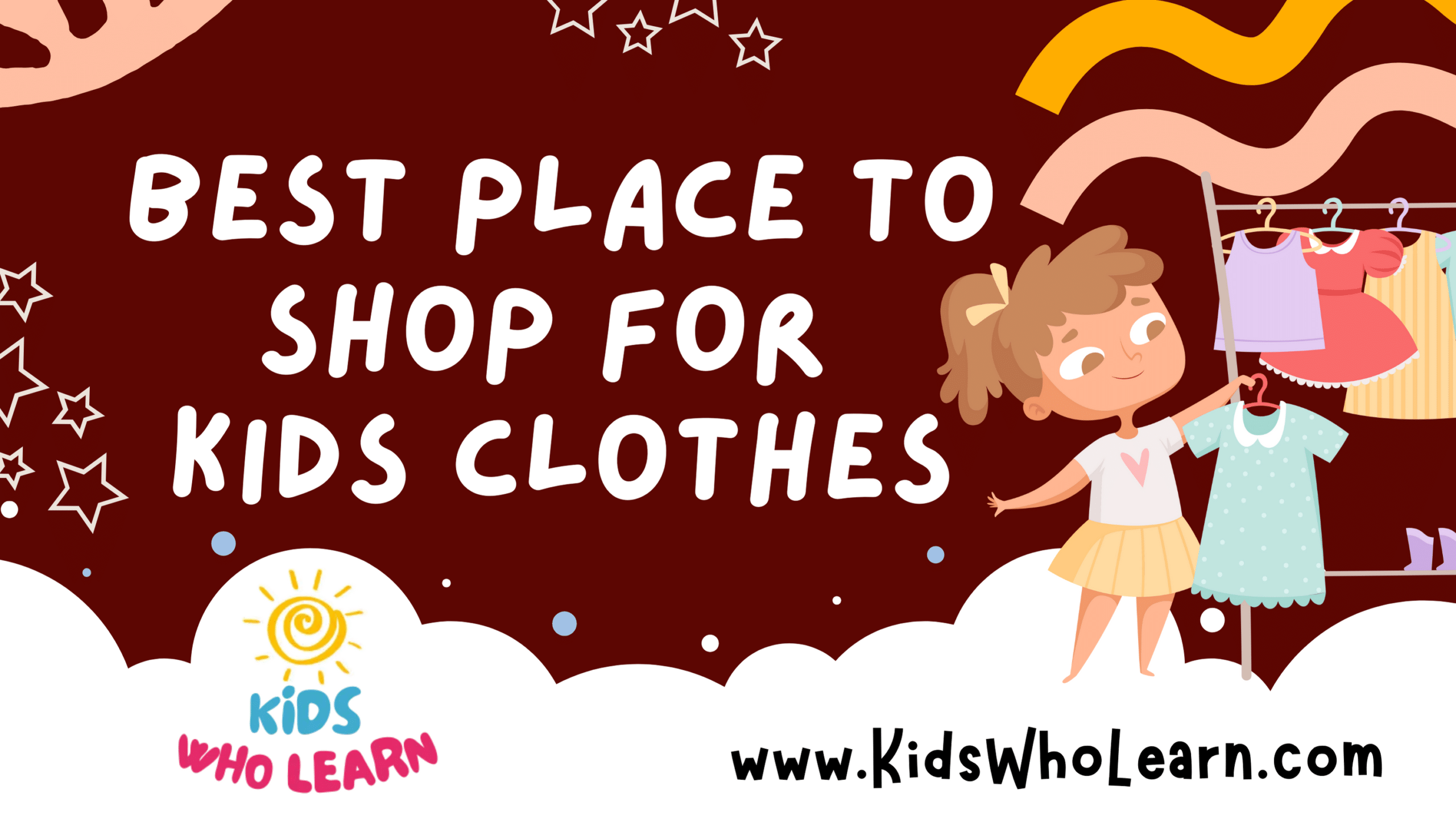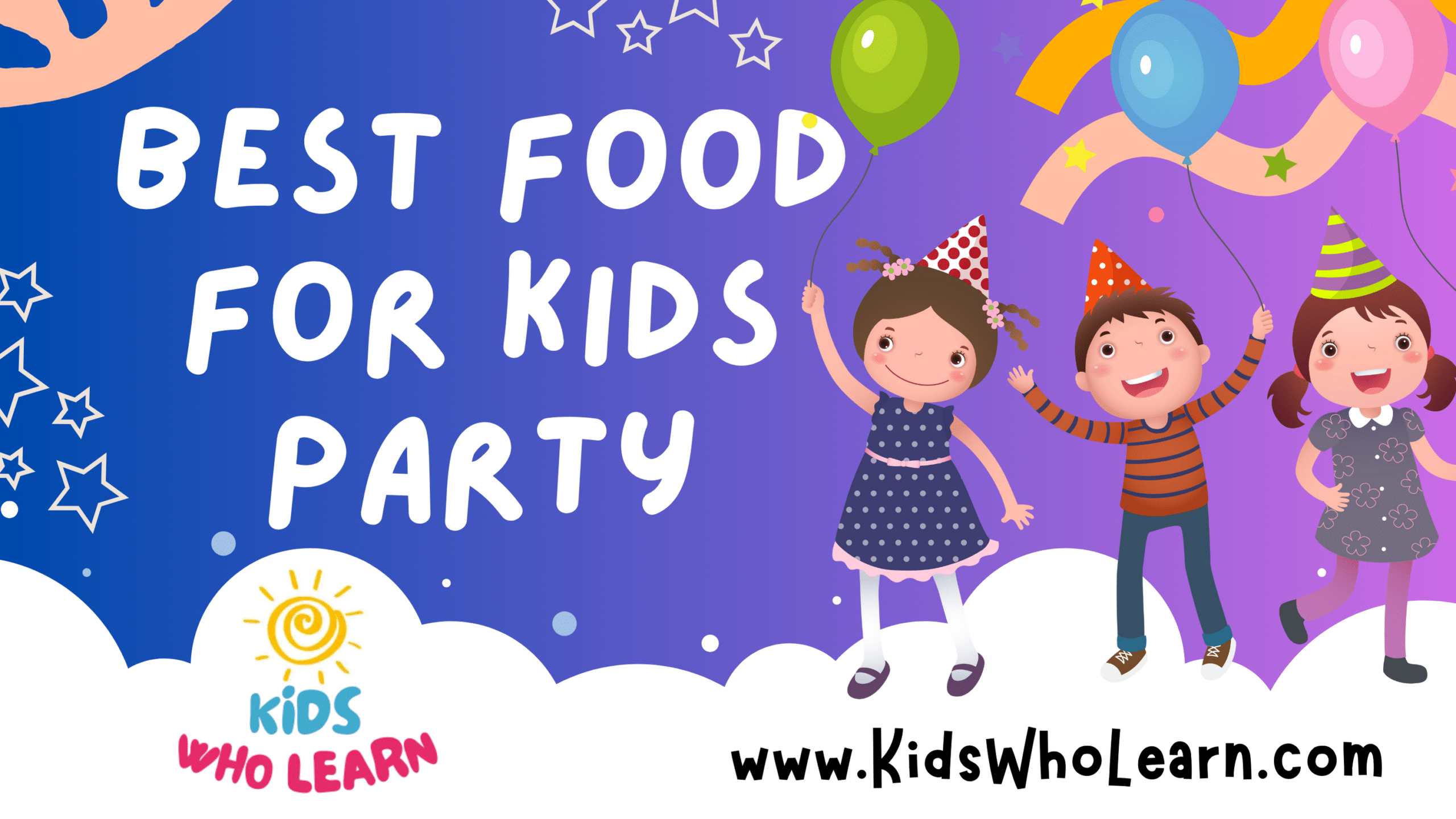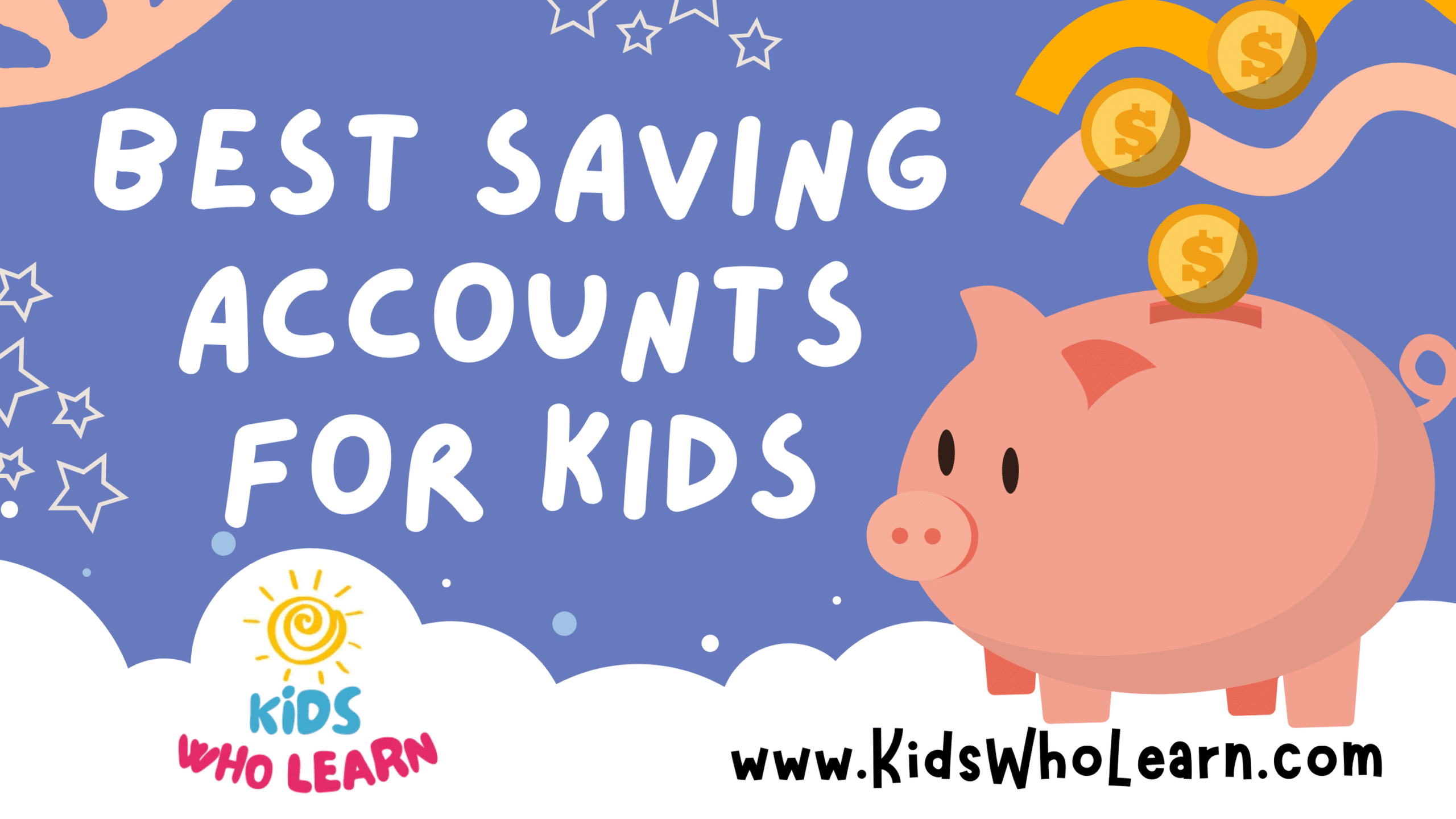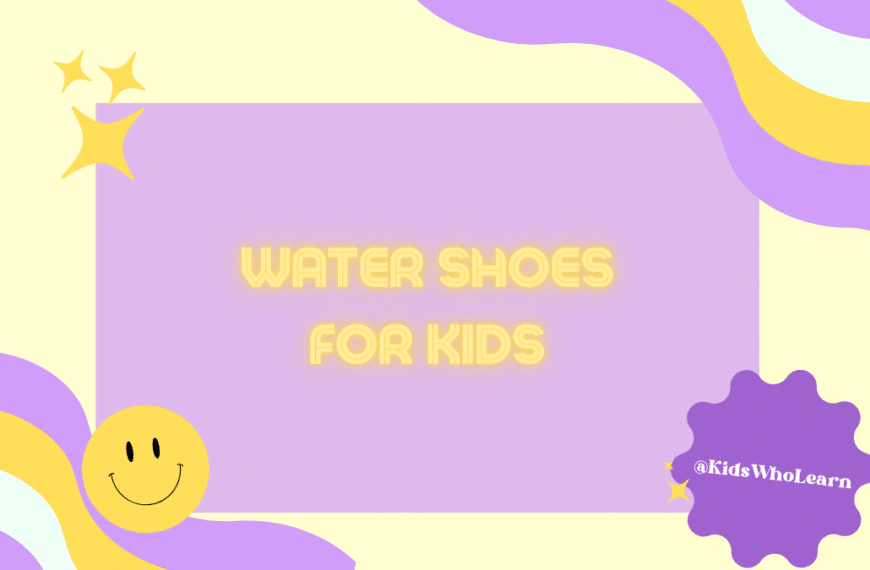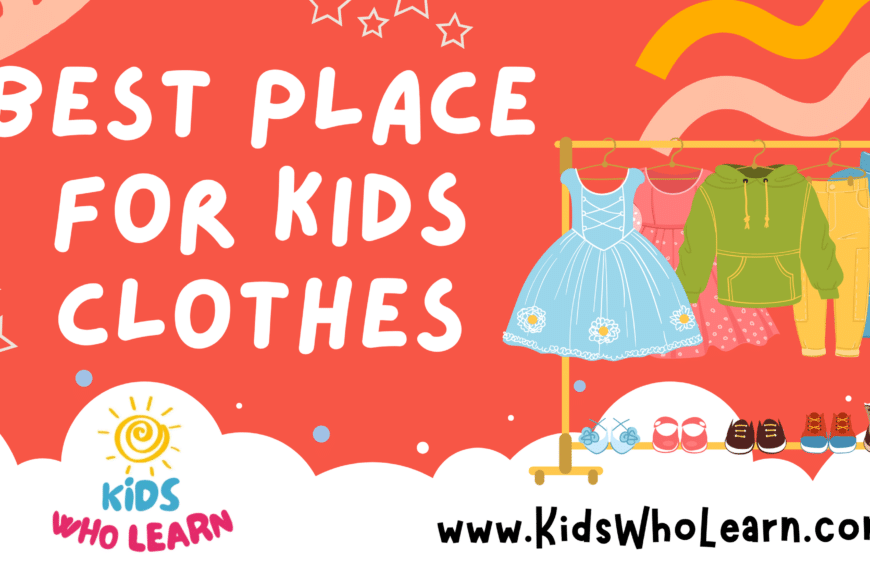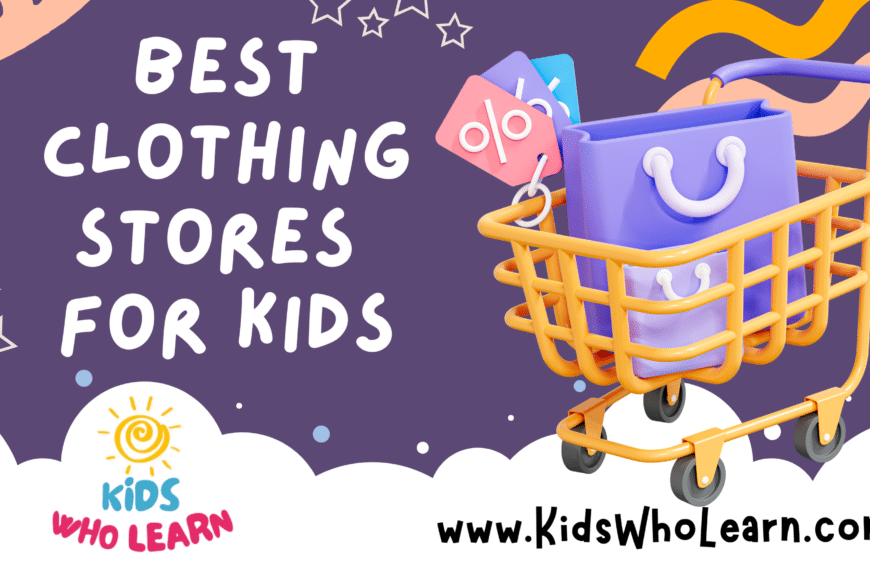Shopping for kids’ clothes can be a delightful but challenging experience. With the rapid pace at which children grow, finding clothes that are both affordable and durable is essential for parents. Not only do sizes change frequently, but children’s preferences and activities put unique demands on their clothing. Therefore, it’s necessary to find retailers that offer a range of sizes and styles to accommodate the ever-changing needs of a growing child.
When it comes to kids’ clothing, parents must also consider the seasonal requirements that dictate the type of clothes necessary for different times of the year. Ensuring you have appropriate attire for each season while managing budgets requires strategic shopping. Beyond just the aesthetics, the quality, and durability of children’s apparel are paramount for withstanding the wear and tear from active play and regular washing.
Key Takeaways
- Select kids’ clothing that combines affordability with durability to cope with rapid growth and activity levels.
- Employ seasonal shopping strategies to ensure children have the appropriate attire throughout the year.
- Prioritize quality and durability in kids’ apparel to withstand frequent wear and laundering.
Understanding Kids’ Clothing Sizes
When shopping for kids’ clothes, it’s essential to understand the different size ranges that correspond to various age groups. Newborn sizes are typically designed for babies up to 7 lbs and offer a snug and comfortable fit for your infant right after birth. Preemie sizes are available for those under 5 lbs and cater to the smallest infants requiring special sizing.
For slightly older babies, toddler clothes usually start at size 2T, which translates to “Toddler” and is intended for kids 2 years old. The ‘T’ sizes continue up to 5T. Here’s a quick list to guide you through toddler sizes:
- 2T: 2 years old
- 3T: 3 years old
- 4T: 4 years old
- 5T: 5 years old
As children grow, their clothing sizes transition into kids’ clothes categories which range from size 4 to 6X or 7 for younger school-age children. Beyond these, sizes shift to 7-14 for older kids.
Sizing can vary slightly between brands, so it’s worth checking specific size charts provided by manufacturers. Common measurements to compare include height and weight, and sometimes chest, waist, and hip sizes. Here’s an example of typical sizing based on age and size:
| Age | Size | Height (inches) | Weight (lbs) |
|---|---|---|---|
| Newborn | Up to 7 lbs | 17-19 | up to 7 |
| 1-2 years | 2T | 33-35 | 24-29 |
| 3 years | 3T | 36-38.5 | 29-33 |
| 4 years | 4T | 39-41 | 33-36 |
| 5 years | 5T | 42-44.5 | 37-42 |
| 6-7 years | 6-6X/7 | 45-48 | 43-55 |
When shopping for your child, remember that it’s better to buy a slightly larger size to account for rapid growth. Clothing that offers adjustable waists or extendable hems can be particularly useful in extending the lifespan of a garment. Always check for comfortable fabrics and easy-to-use fastenings to ensure that the clothes not only fit well but are also practical for daily wear.
Seasonal Shopping Strategies
Navigating the seasonal shifts in children’s fashion requires a keen eye for style and an understanding of comfort. By focussing on the necessities for each season, you can ensure your child is both trendy and comfortable throughout the year.
Back-to-School Essentials
In preparation for the school year, your focus should be on durable and versatile pieces. Polos and tees serve as the foundation of a back-to-school wardrobe, providing both comfort for day-to-day wear and easy layering options.
- T-shirts: Cotton blends for breathability and ease of care.
- Layers: Lightweight jackets and hoodies for variable temperatures.
Summer Must-Haves
As temperatures rise, your child’s comfort hinges on breathable and light clothing that allows for active play.
- Shorts: Loose fits and moisture-wicking materials.
- Sandals: Supportive soles with adjustable straps.
- Tees: Bright colors and patterns that reflect summer’s vibrancy.
Winter Wardrobe
When the cold sets in, warmth and protection are paramount, yet mobility remains important.
- Jackets: Insulated yet not overly bulky.
- Hoodies: Must be roomy enough to layer over tees.
- Raincoats: Waterproof and hooded for unpredictable weather.
Holiday and Special Occasions
Holidays and events call for outfits that balance style with traditional elements.
- Dress Clothes: Smart pieces like button-down shirts and dresses for formal events.
- Style and Comfort: Blending the smart look with bearable fabrics for longer wear periods.
Assessing Quality and Durability
When shopping for kids’ clothes, you want materials that promise comfort and garments built to withstand the rigors of childhood play. Durability and comfort are paramount.
Materials and Comfort
Look for jackets and hoodies made from soft, breathable fabrics like cotton or fleece to ensure comfort. Natural fibers tend to be gentler on the skin and offer better temperature regulation. For your child’s comfort, check for tags that might irritate the skin and seams that are smooth with no rough edges.
| Fabric Type | Properties | Suggested Use |
|---|---|---|
| Cotton | Soft, breathable, hypoallergenic | Everyday wear |
| Fleece | Warm, lightweight, comfy | Cooler weather, layering |
Construction and Durability
Well-made seams and sturdy stitching indicate a well-made garment. Inspect the hems and cuffs for loose threads or signs of fraying that could indicate a lack of durability. Ensure that hoodies and jackets have solid fastenings, and zippers that glide smoothly without snagging. Clothing that is described as machine washable often suggests durability, as they can endure repeated laundering without degrading quickly. Look for reinforced knees and elbows on kid’s clothing, areas that typically see a lot of wear.
| Feature | Significance |
|---|---|
| Reinforced knees | Adds durability to pants |
| Durable zippers | Essential for everyday use |
| Double stitching | Strengthens seams |
Choose clothes that balance both robust construction and ease of maintenance for longevity in your child’s wardrobe.
Developing Your Child’s Wardrobe
When building a wardrobe for your child, it’s essential to balance comfort, functionality, and style. Begin with the basics, selecting quality pieces that can endure the rough and tumble of play. Look for:
- Sturdy jeans
- Cotton T-shirts
- Long-sleeve tops
- Dresses with stretchable fabrics
Your child’s wardrobe should reflect a personal sense of style. As they grow, involve them in choosing clothes that showcase their personality. Key items to consider are:
| Age Group | Style Preferences |
|---|---|
| Toddlers | Fun patterns, bright colors |
| School-age | On-trend styles, graphics |
| Tweens | Pastels, unique designs |
It’s also wise to incorporate a mix of seasonal items and layering options like sweaters and jackets. Investing in adaptive clothing that can be matched in multiple ways will extend your child’s ensemble while maintaining a fresh and stylish look.
For special occasions, select a few standout pieces that are both trendy and timeless. An on-trend blazer or a charming dress can make such events memorable. Remember, your child’s comfort should always come before style.
Lastly, pay attention to footwear. Opt for durable shoes that support healthy foot development and pair well with various outfits. Here’s a quick list for various activities:
- Sneakers for everyday play
- Sandals for casual outings
- Formal shoes for events
- Boots for colder weather
By carefully selecting pieces and encouraging your child’s input, you can develop a wardrobe that is comfortable, stylish, and uniquely theirs.
Top Retailers for Kids’ Clothes
When shopping for children’s clothing, you have a wide range of retailers to choose from, each offering a spectrum from affordable to premium options. You’ll find retailers catering to every style need, from the basics to more eclectic tastes, and for various age groups, including toddlers and tweens.
Affordable Basics
For budget-friendly basics, you can’t go wrong with Old Navy and Target. These retailers are known for their great sales and a wide range of styles that cover everything from playwear to school outfits.
- Old Navy: Consistently offers a variety of styles at low prices, making it easy to stock up on essentials.
- Target: Features exclusive collaborations and a diverse selection of children’s wear, including chic offerings for tweens.
Mid-Range Favorites
If you’re looking for a balance between quality and price, consider Kohl’s, H&M, and Carter’s. These brands offer a middle ground with frequent sales and durable clothing.
- H&M: Provides fashionable picks that align with current trends, suitable even for the pickiest tweens.
- Kohl’s: A reliable source for clothing across all kid’s ages, often featuring promotional deals.
- Carter’s: Renowned for its vast selection, particularly strong in the baby and toddler categories.
Premium Outfitters
For higher-end clothing that makes a statement, explore selections from Nordstrom, Janie and Jack, and Hanna Andersson. These retailers offer superior fabrics and unique designs, often reflecting a higher price point.
- Nordstrom: A one-stop-shop for luxurious and high-quality apparel across all children’s age brackets.
- Janie and Jack: Delivers classic, refined styles that are perfect for special occasions.
- Hanna Andersson: Known for its organic cotton and lasting pieces that prioritize comfort.
Online-Exclusive Stores
Online retailers such as Rockets of Awesome and Primary are excellent for those who prefer to shop from the comfort of their home, offering unique styles and convenience.
- Rockets of Awesome: Offers a subscription service that delivers personalized clothing selections to your door.
- Primary: Known for its colorful basics that are free of logos and slogans, focusing on simplicity and comfort.
These retailers provide a comprehensive range of options for children’s clothing, from everyday wear to special occasions, ensuring you can find the right clothes to meet your child’s needs and your budget.
Shopping for Specific Items
When shopping for your child’s wardrobe, it’s important to consider the variety of activities they engage in. Choose items that will not only look good but also provide the right level of comfort and functionality. Here’s a breakdown to help you find the perfect pieces for their various needs.
Active and Outerwear
For active and outdoor play, you need clothing that will move with your child and stand up to the elements. Look for jackets with water-resistant materials and layers for versatile warmth. When it comes to activewear, opt for stretchable leggings and joggers that allow full range of motion during physical activities. Keep an eye on the fabric’s breathability and the stitching’s durability.
- Jackets: Waterproof, insulated options for different climates.
- Activewear: Moisture-wicking materials, featuring bright colors and cute designs.
Casual and Everyday Wear
Everyday clothes should be about balancing style and ease of wear. Cotton tees come in an array of colors and are ideal for daily use given their comfort and ease to clean. Pair them with versatile pants or leggings for a functional outfit. When choosing these items, consider their mix-and-match potential to get more outfits out of fewer pieces.
- Tees: Soft, tag-free with fun prints or solid colors.
- Pants/Leggings: Elastic waistbands, stretch fabric, and multiple pockets.
Sleepwear and Undergarments
Comfort is paramount for sleepwear and undergarments as they are worn closest to the skin. Look for soft fabrics and minimal seams to avoid irritation. For infants, onesies come with convenient snaps for easy diaper changes. Older kids need breathable PJs that allow for a comfortable sleep, and snug-but-not-tight underwear is essential to prevent discomfort during the day.
- PJs: Soft materials, snug cuffs, and fun patterns.
- Underwear/Onesies: Seamless and made from hypoallergenic fabrics for sensitive skin.
Navigating Sales and Promotions
When searching for kids’ clothes, savvy shopping during sales and promotions can lead to substantial savings. Here are strategies to maximize your benefits:
- Timing is Key: Retailers often offer great sales during end-of-season clearance events. Plan to shop during these times to find the best discounts. For instance, late winter and late summer typically have clearance sales for the past season’s inventory.
- Sign-Up For Newsletters: Many stores send exclusive discounts and early access to sales to their newsletter subscribers. Register your email with your favorite clothing stores to get these deals directly in your inbox.
- Use Price Tracking Tools: Various online tools and browser extensions can monitor price drops on specific items. They alert you when the price of the tracked clothes falls, ensuring you purchase at the lowest price.
- Leverage Holidays: Take advantage of holiday sales, which are often the most aggressive discounts you’ll find. The best times are usually Black Friday, Cyber Monday, post-Christmas, and back-to-school periods.
- Join Loyalty Programs: If you frequently shop at a particular store, joining its loyalty program can offer you additional discounts and promotions not available to regular shoppers. Some may also provide points per purchase that can be redeemed later.
- Social Media: Follow brands on social media platforms for flash sales announcements. It’s a quick way to catch short-term promotions.
Here’s a quick reference to remember:
| Activity | When to Shop | Expectation |
|---|---|---|
| Clearance Sales | End of season | Big markdowns |
| Holiday Sales | Black Friday, etc | Huge discounts |
| Loyalty Programs | Ongoing | Exclusive offers |
Use these tips to navigate through sales and promotions effectively, ensuring you get high-quality clothes for your kids without straining your budget. Remember to shop wisely: it pays to be informed and proactive.
Sustainability and Ethical Shopping
https://www.youtube.com/watch?v=18voNg1eWKE&embed=true
When shopping for kids’ clothes, consider the impact on the environment and society. Brands committed to sustainable practices use materials that reduce ecological footprints. These include:
- Organic cotton: Grown without harmful chemicals, it’s kinder to the earth and delicate skin.
- Recycled materials: Reduces waste by reusing resources, such as polyester made from plastic bottles.
Moreover, ethical manufacturing focuses on the welfare of workers. Look for brands that:
- Ensure safe working conditions
- Provide fair wages
- Prohibit child labor
Sustainable labels and certifications to look for:
- Global Organic Textile Standard (GOTS): Assures organic status and ethical production.
- Fair Trade: Guarantees better prices and working conditions for farmers and workers.
To help you identify sustainable and ethical choices, remember:
- Read labels carefully.
- Research brands that prioritize sustainability.
- Support local to reduce shipping impacts.
Shopping second-hand is an excellent sustainable option. It extends the life cycle of garments, lessening demand for new production.
By choosing sustainability and ethical practices, you contribute to a healthier planet and fairer society for future generations.
Frequently Asked Questions
In this section, you’ll discover reputable brands, money-saving tips, and sought-after UK labels that will help you navigate the vibrant world of children’s fashion.
What are the top children’s clothing brands for quality and style?
Brands like Crewcuts by J.Crew, Mini Boden, and Hanna Andersson are renowned for their high-quality fabrics and trendy designs. They consistently offer durable and stylish clothing for children.
Where can I find good deals for children’s clothing online?
You can find excellent deals on websites like Carter’s, OshKosh B’gosh, and The Children’s Place, especially during seasonal sales and clearance events. Signing up for newsletters and alerts for your favorite brands can give you a head start on discounts.
Which UK brands are known for their exceptional children’s clothing lines?
In the UK, brands like Joules, Next, and Marks & Spencer are celebrated for their high-quality children’s apparel, combining classic British style with lasting comfort.
How can parents save money while shopping for children’s apparel?
To save money, consider buying out of season, looking for lightly used clothes at consignment stores, and taking advantage of loyalty programs offered by many children’s clothing retailers.
What demographics should be considered the primary consumers of children’s clothing?
Parents and family members of children ranging from infancy to adolescence are the primary consumers. Gift-givers and charitable organizations focused on children also frequently purchase children’s clothing.
Can you recommend brands that offer styles similar to Cat and Jack for kids?
If you’re a fan of Cat and Jack’s playful and inclusive styles, brands like Old Navy and GapKids offer similar aesthetics at comparable price points, with a focus on inclusivity and fun in their children’s fashion lines.

